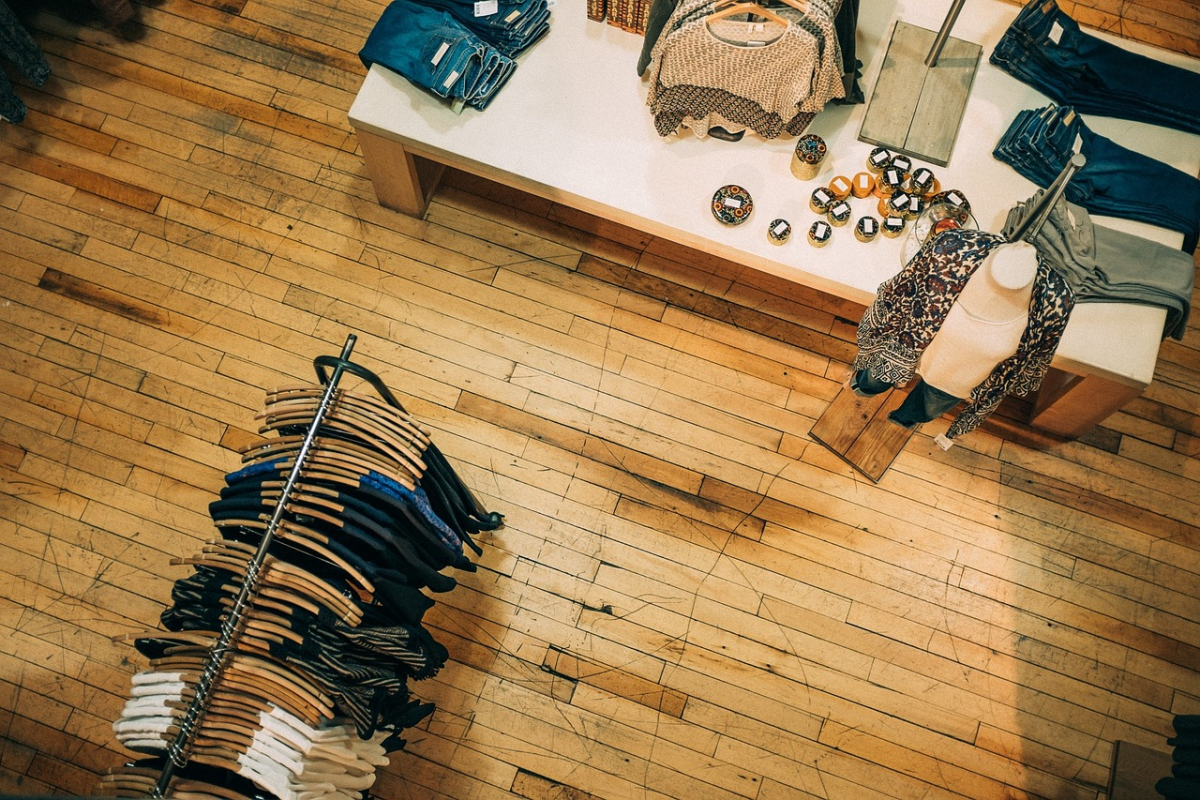Retail fraud comes in many shapes and sizes, and it can be devastating to a retailer's business. In fact, according to the 2023 NRF National Retail Security Survey, U.S. retailers lost $112.1 billion to shrink in 2022, which encompasses theft, crime and fraud.
Unfortunately, these problems are only getting worse. In 2023 Consumer Returns in the Retail Industry report, NRF found that the number of fraudulent returns, taken as a percent of total sales, rose by a shocking 18.9% between the last two calendar years.
As a result of these trends, retailers are increasingly acknowledging retail fraud and seeking new ways to combat the growing challenge. Yet, as retailers implement prevention methods, the avenues that bad actors take further diversify and advance. Today there is no magic solution that will detect and deter every form of retail fraud every time.
That's why retailers can't afford to limit themselves to a single approach to fraud detection. Instead, they should educate themselves on holistic fraud prevention, rely on their data and institute innovative technology. For some retailers, the right solution may include camera vision, while others may prefer exception-based reporting or AI-driven analysis.
But before investing in the technology that reduces fraud, which we'll discuss in part two of this blog series, retailers must grasp the breadth of the fraud prevention challenge. Let's discuss the many forms of retail fraud contributing to the rise in shrink and the role data plays in mitigation.
What Forms Does Retail Fraud Take?
Retail fraud is a broad term. It encompasses many unique scenarios that add up to be incredibly costly for retailers. A few types of fraud include:
- Transaction fraud – This occurs when a bad actor uses stolen credit cards or other payment methods to make a purchase.
- Return fraud – This can occur in many ways including the use of counterfeit receipts, returning stolen merchandise, wardrobing, gift card fraud and more.
- Loyalty fraud – This occurs when a bad actor manipulates the rewards of a loyalty program.
- Sliding – This occurs when a cashier or someone using self-checkout slides an item passed the scanner while obstructing the barcode from view.
- Price switching – This occurs when someone swaps the price tags on items of varying value.
- Sweethearting – This occurs when a cashier shares a discount or opts not to scan a product, oftentimes for a friend or family member.
- Organized Retail Crime – This is when fraud or theft takes place on a large, organized schedule.
Regardless of which method a bad actor takes, retailers must find a way to identify and deter the action. This requires a holistic approach that relies on data to determine which touch points are high risk and what solutions will best deter the bad actors.
What Role Does Data Play in Fraud Prevention?
Fortunately, the recent rise in fraud is happening alongside an increase in the availability and reliability of data. Retailers can invest in technology that carefully monitors activity across the entire organization, catching errors in inventory, discounting, online claims and more.
Having a well-connected business is critical to fraud detection, as it helps determine the root cause of shrink by eliminating extraneous circumstances and unknowns.
First, the retailer must identify its unique high-risk areas for fraud. For some, this might be loyalty fraud at the point-of-return or self-checkout fraud in-store.
After locating the biggest sources of fraud, retailers can begin educating employees regarding best practices for fraud detection. Employees should be made aware of the organization's plans to reduce fraud and they should be informed about the types of fraud to look out for. With the store teams on high alert, potentially fraudulent behavior can be identified.
The next step in fraud prevention is to introduce a holistic technology stack that utilizes the data and protects key touch points.
How Can Retailers Ensure They're Taking the Right Steps to Protect Their Business From Fraud?
At GK, we help retailers interpret their data and we direct them to the right solution to create the best fraud detection strategy for their business. Whether it's advanced camera vision or the latest in AI-driven reporting, GK and its partner network are here to help.
Reach out to us to fight retail fraud today. And, stay tuned for part two of this series, in which we'll dive into the fraud detection solutions within GK's and our partners' portfolios.

